Pearl Header Builder (Deprecated)
The Pearl Header Builder plugin is deprecated and not compatible with latest versions of the theme.
The Pearl Header Builder plugin is deprecated from theme version 6.4.3 and cannot be selected as a header builder in theme options. Related Header styles will be removed for new theme installations and demo import.
The Pearl Header Builder keeps working for previously installed sites and is supported. When a different Header Builder is selected, you will not be able to use Pearl Header Builder again and it will be disabled.

The WordPress Header Builder Plugin – Pearl that stays under the Pearl Header Builder option is an individual plugin that helps easily build any header layout for your website.

We suggest to try Default Header Styles or Elementor Header & Footer builder.

Installation Process
It is required to install and activate the WordPress Header Builder Plugin – Pearl plugin from the default repository of WordPress. Go to the Dashboard > Plugins > Add New (1), search WordPress Header Builder Plugin – Pearl (2), install and activate it (3).

After, the Header Builder menu appears to set up the Pearl Header Builder plugin.

Choose create a new header link to create a custom header.

Enter the header name and click the Add New Header button.

Copy one of the codes and go to the header template.

Paste it on the body part of the header.php file and click the Upload File button.

Header Options
This section contains options for setting a logo, width of the header container and content, and a feature for selecting a sticky part of the header (Top, Main, Bottom).
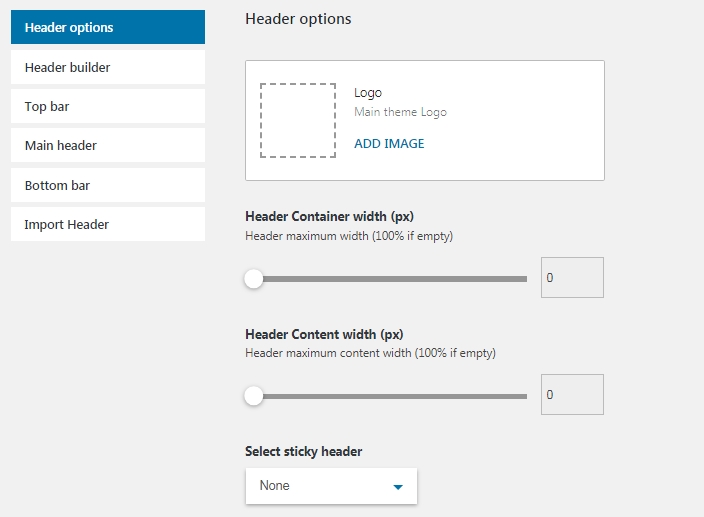
Header Colors
In this section, you can set the default colors of the header. Those colors are for texts, links, and background. Also, you upload a background image to the header.
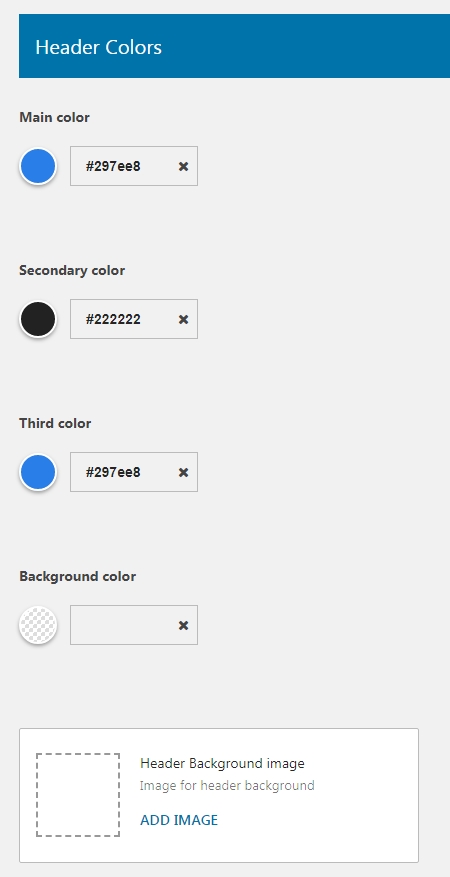
Header Socials
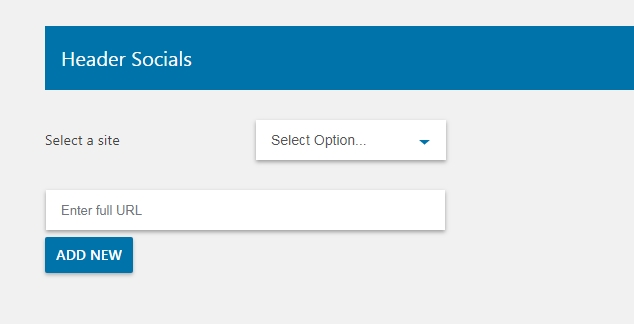
You can add links to all the needed social networks and display them by using a Socials item.
Header Builder
This is the main section of the plugin where you need to add header elements. It divides into three parts - Top, Main, Bottom respectively.
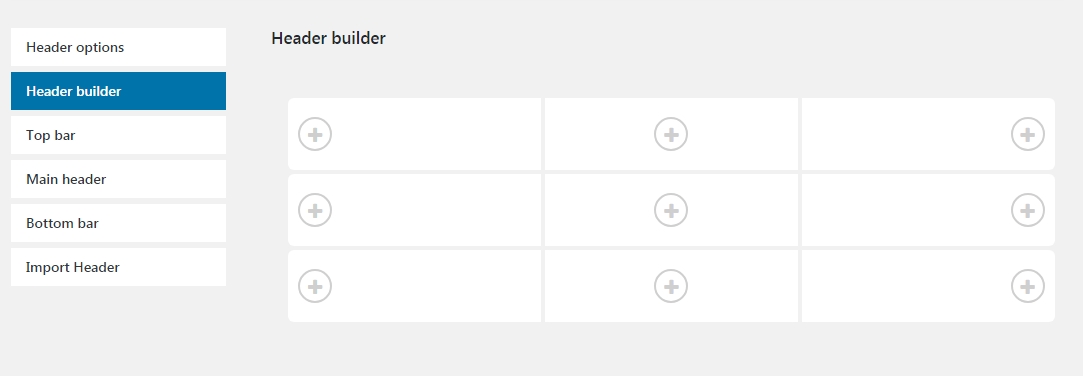
Plus icon buttons open a window with header elements and you need to select the needed elements.

Top bar

The Top Bar contains the default settings of a top part of the Header Builder. The Top Bar, Main Header, and Bottom Bar sections consist of similar options for changing padding values, background and text colors as well as the background image.
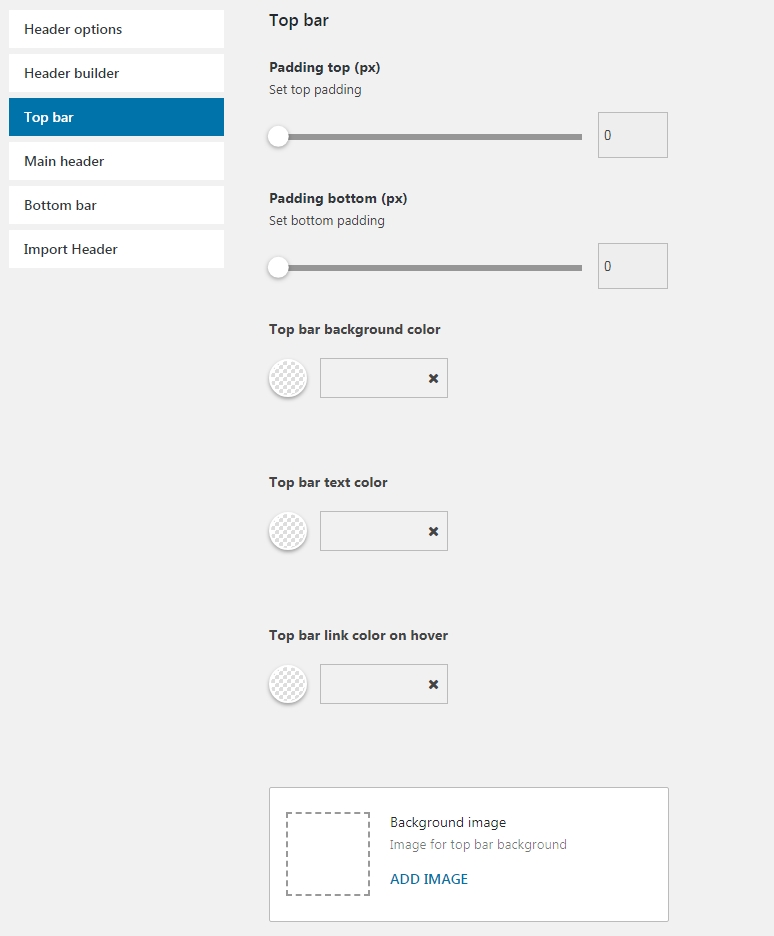
Main Header
You can set up a middle part of the Header Builder plugin in the Main Header section.

Bottom Bar
In this section, you are able to set up a bottom part of your header.

Header Builder Elements
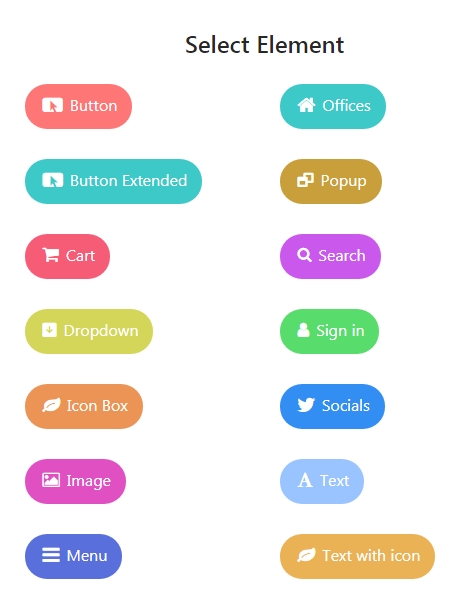
Here is a list of all the available elements:
Button - button with custom link and label
Extended Button - button with a different style and additional option
Cart - WooCoomerce cart icon with a counter.
Dropdown - displays a dropdown list of custom links and language switcher
Icon Box - a box with a title, description text, and icon
Image - element for displaying a site logo as well as custom images
Menu - displays the website menu from the Appearance -> Menus section of the WordPress
Office - includes a dropdown list with different content.
Popup - button with a popup window which displays the selected page content
Search - search bar with different styles
Sign In - WooCommerce login/register links
Socials - social network icons
Text - element for displaying a simple text
Text with Icon - text block with icon selection option
The Header Builder supports a drag&drop feature. So you can easily change the location of the header elements.
Import Header
There are 12 header templates in this section and you are able to import these templates. They contain different prebuilt header structures.
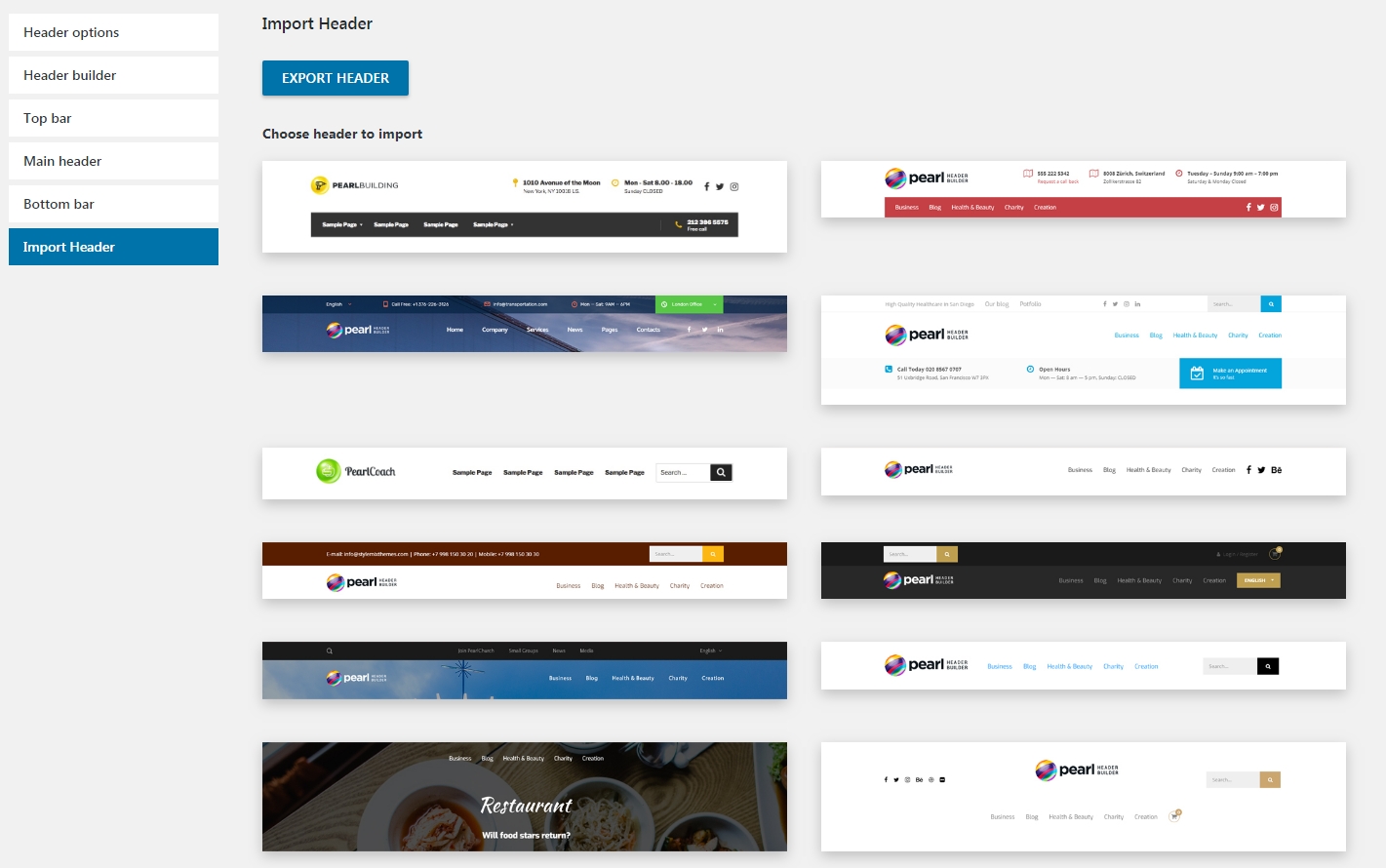
In order to import a header template, you need to click on the template image and the Import Header button. The page will be refreshed after the importing process is done.

The white boxed area displays a shortcode or action of the header template. You can select the imported header and copy one of these codes.

The copied code should be inserted into the header.php file of your theme.

Last updated
Was this helpful?